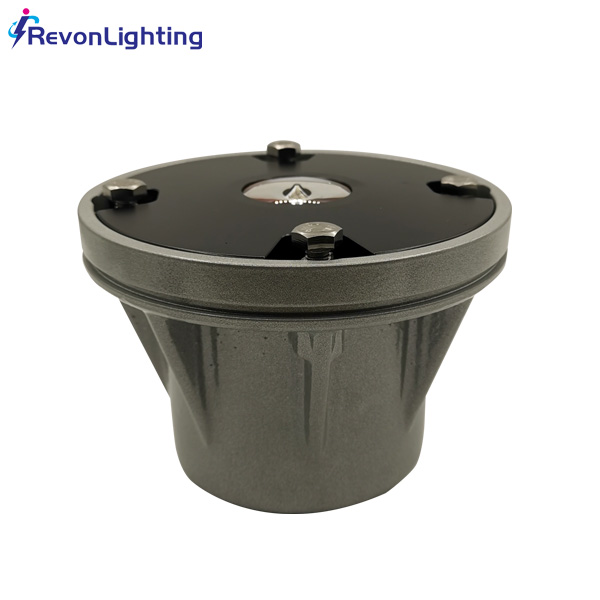The Federal Aviation Administration (FAA) is responsible for the safe and efficient operation of all civil aircraft in the United States. One key aspect of this responsibility is ensuring that airports are equipped with the necessary lighting systems to enhance visibility and guide pilots during takeoff, landing, and taxiing. FAA lighting has become an essential component of air travel in the modern era, allowing for smooth and safe operations even in adverse weather conditions.
The FAA has established specific regulations for airport lighting that must be adhered to by all airports operating in the United States. These regulations outline the types of lighting fixtures that must be installed, where they must be placed, and how they must function. The types of lighting commonly used in airports include runway edge lights, runway centerline lights, taxiway lights, and approach lighting systems.

Runway edge lights are used to mark the edges of runways at night and during periods of reduced visibility. These lights are typically white, but in some cases may be replaced with amber or red lights near the ends of the runway to indicate to pilots that they are approaching the end of the runway. Runway centerline lights provide pilots with a visual guide to the center of the runway, and are typically white or green in color. Taxiway lights are used to mark the paths that aircraft use to move between runways and the terminal area, and are typically blue in color.
Approach lighting systems are among the most important types of FAA lighting, as they help pilots approach runways safely. These systems consist of a series of lights that provide pilots with a visual reference as they approach the runway, indicating the proper glide slope and aligning them with the runway's centerline. An approach lighting system can significantly improve safety and efficiency during a landing approach in low visibility conditions.
In addition to providing guidance to pilots, FAA lighting also enhances airport safety by reducing the risk of runway incursions. Runway incursions occur when an aircraft, vehicle, or person enters the protected area of a runway without authorization. By improving the visibility of runway markings, signs, and other airport features, FAA lighting can help minimize the likelihood of runway incursions, improving safety for all involved.
In conclusion, FAA lighting plays a critical role in ensuring the safe and efficient operation of airports and the aircraft that use them. By providing guidance to pilots during takeoff, landing, and taxiing, these systems make air travel safer and more reliable even in poor weather conditions. Airport operators must ensure they comply with FAA regulations for lighting to ensure safe and efficient operations. With the right lighting systems in place, the FAA can ensure that air travel remains one of the safest modes of transportation available today.
We Revon lighting are a professional supplier for FAA Lighting products. Any inquiry, contact us.
Web: www.revonlighting.com
E-mail:info@revonlighting.com
Address:2F 30# Hangzhou Bay New Economic Industrial Park Pinghu, 314201 Zhejiang, China